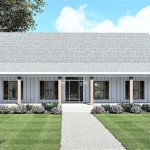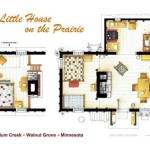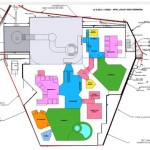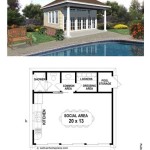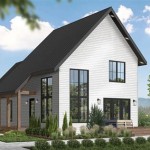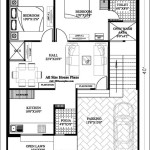Building Plan For A House: Essential Aspects to Consider
Creating a building plan for a house is a crucial step in the construction process. A well-drafted plan serves as a blueprint for the entire project, ensuring that it is completed efficiently, within budget, and to a high standard.
Site Analysis and Planning
Before designing the house, it's essential to conduct a thorough analysis of the building site. This involves evaluating the soil conditions, slope, drainage, and available sunlight. These factors will influence the foundation design, orientation of the house, and overall site layout.
Functional Design and Room Layout
The functional design of the house should prioritize the intended use of each space. Consider the number of bedrooms, bathrooms, living areas, and storage spaces required. The layout should allow for efficient flow of traffic and create a comfortable and livable environment.
Structural Integrity and Materials
Structural integrity is paramount for ensuring the safety and durability of the house. The building plan should specify the materials to be used for the foundation, walls, roof, and other structural elements. Engineers should be consulted to calculate loads and design a structure that meets building codes and withstands environmental conditions.
Mechanical, Electrical, and Plumbing (MEP) Systems
MEP systems are essential for the functionality and comfort of the house. The building plan should include detailed designs for plumbing, electrical wiring, heating, ventilation, and air conditioning (HVAC) systems. These systems should be integrated seamlessly into the structural design.
Energy Efficiency and Sustainability
In today's environmentally conscious era, incorporating energy-efficient features into the building plan is crucial. This may include using energy-efficient appliances, installing solar panels, optimizing insulation, and designing for natural ventilation and lighting.
Exterior Design and Landscaping
The exterior design of the house should complement its surroundings and reflect the desired architectural style. The building plan should include elevations, sections, and material specifications for the exterior walls, windows, doors, and roofing. Landscaping plans can also be incorporated to enhance the overall aesthetic of the property.
Cost Estimation and Budgeting
An accurate cost estimation is essential for planning the construction project. The building plan should include detailed lists of materials, labor costs, and other expenses associated with the construction process. This will help to ensure that the project is completed within the established budget.
Conclusion
Creating a comprehensive building plan for a house requires careful consideration of various factors and a collaborative approach involving architects, engineers, and contractors. By addressing the essential aspects outlined above, homeowners can ensure that their dream home is built to the highest standards, meets their functional needs, and provides a comfortable and sustainable living environment.

Easy To Build Houses And Floor Plans Houseplans Blog Com

Floor Plans Types Symbols Examples

Easy Home Building Floor Plan Cad Pro

Diffe Types Of Building Plans The Constructor

Floor Plans Types Symbols Examples

House Plan Maywood Sater Design Collection

Components Of A Building Plan Ck

Floor Plans Types Symbols Examples

Low Budget Simple House Design Plans For Builders Blog Builderhouseplans Com

Typical Floor Plan Small Apartment Building Residential


